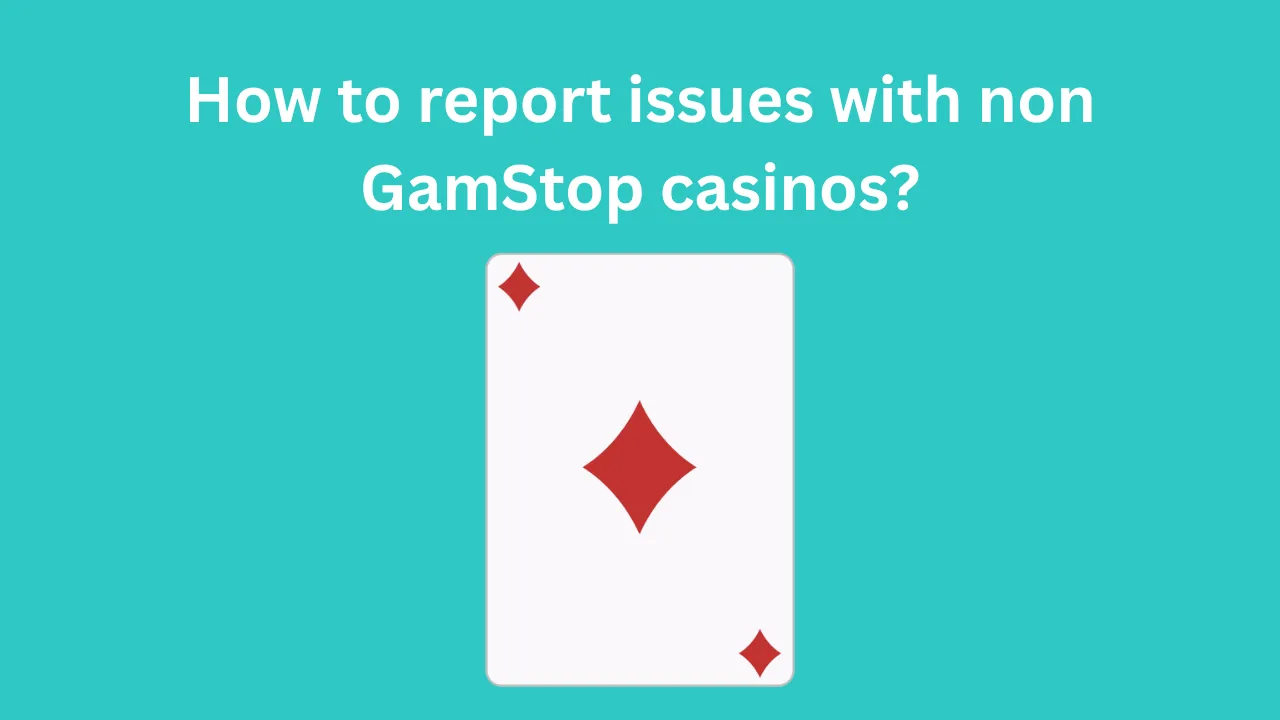If you’ve spent any time playing online slots, you’ve probably come across the autoplay feature—a convenient option that lets the game spin for you, often hundreds of times, without constant clicking. But one question I’ve often heard from players, especially those frequenting UK casinos not on GamStop, is whether autoplay has any real effect on the RTP (Return to Player) of a slot game.
It’s a fair question. After all, if autoplay can influence your chances of winning—or at least the way the game behaves—it’s something every serious player should understand. As someone who has spent years analyzing slot mechanics, RTP, and player strategies, let me walk you through everything you need to know about autoplay and how it ties into the wider gambling experience.
What is RTP and Why It Matters?
Before diving into autoplay, it’s crucial to understand RTP. RTP stands for Return to Player, and it’s expressed as a percentage—typically between 92% and 98% for online slots. What this number tells you is how much money, in theory, the game will return to players over a long period.
So if a slot has an RTP of 96%, it means that for every £100 wagered, the game is expected to pay out £96 back to players over time. The key here is “over time.” RTP is a long-term statistical average, not a prediction of what will happen in any single session.
Now, when you’re playing at UK casinos not on GamStop, you might notice they often provide access to a wider selection of slots, some with higher RTPs than you’d find on UK Gambling Commission-regulated sites. This is partly because non-GamStop casinos aren’t bound by the same restrictions and can offer more competitive features, which can include autoplay.
What is Autoplay and Why Do Players Use It?
Autoplay is a feature that lets you preset a number of spins (say 50, 100, or even 500) that the game will play automatically. Some advanced autoplay systems even let you configure stop conditions—like halting if your balance drops by a certain amount or if you hit a big win.
Players often use autoplay for convenience. It allows them to multitask or simply enjoy the rhythm of the game without having to click spin each time. For players at UK casinos not on GamStop, autoplay is often a must-have, especially because these platforms typically retain features that have been restricted or removed from regulated UK casinos. In fact, the UKGC banned autoplay in 2021, arguing that it could encourage reckless gambling. Non-GamStop sites, however, still offer it—sometimes as a key selling point.
But does this hands-free approach to spinning the reels have any influence on RTP?
Does Autoplay Affect RTP?
Let’s get straight to the answer: autoplay does not affect RTP in any mathematical or structural way. The slot’s RTP is hardcoded into the game’s algorithm, and that doesn’t change whether you spin manually or let the system do it for you. Every spin—manual or autoplay—is determined by a random number generator (RNG) that ensures each result is independent of the last.
So from a purely technical standpoint, autoplay is just a shortcut. It doesn’t bend the rules or interfere with the game logic. That said, it can influence your session experience, bankroll management, and emotional control—three factors that affect your perception of RTP, and possibly your outcomes in the short run.
Speed of Play and Bankroll Burn
One of the biggest real-world effects of autoplay is the speed at which it plays through your balance. When you’re clicking manually, there’s a natural pause between spins. Maybe you stop to sip your drink or check your phone. Autoplay, however, removes those pauses and can cycle through spins rapidly, especially at casinos that allow you to skip animations or turbo mode.
This acceleration can lead to faster losses, which might give you the impression that you’re getting a worse RTP, even though you’re simply playing more spins in less time. Over hundreds of spins, this doesn’t change the average return, but it can certainly feel like it does—especially when the losses stack quickly.
At UK casinos not on GamStop, where autoplay is still active, this is something to be cautious about. Just because you can let the reels run for 500 spins automatically doesn’t mean it’s always wise to do so without limits in place.
Player Control and Tilt Prevention
Another subtle way autoplay impacts your gameplay is by removing emotional triggers. If you’re someone who chases losses or gets caught up in the moment, autoplay can actually help you stick to a preset strategy.
Imagine you’ve set the autoplay for 100 spins and chosen to stop if you lose £50. In this scenario, autoplay acts like a discipline enforcer. You won’t impulsively raise your bet after a loss or keep clicking because “this next one has to win.”
On the flip side, for players who don’t set limits, autoplay can be dangerous. At non-GamStop casinos, which typically don’t impose session time reminders or mandatory cooling-off periods, it’s easier to lose track of time and money. And when you’re letting the machine do all the work, it can feel like you’re disconnected from the reality of your spending.
Short-Term Volatility vs. Long-Term RTP
One important thing to understand is volatility—how often a slot pays out and in what amounts. A high-volatility slot may have a 96% RTP, but that doesn’t mean you’ll get 96% of your money back in every session. In fact, you could go 100 spins with minimal wins or hit a jackpot out of nowhere.
Autoplay has a way of exposing you more quickly to this volatility. Because it processes spins so fast, you’ll cycle through the statistical ups and downs more rapidly. This can make it seem like RTP is being influenced, but in reality, you’re just compressing a long-term game into a short time frame.
Autoplay Strategy Tips for Smarter Play
If you’re going to use autoplay—especially at UK casinos not on GamStop—it’s wise to approach it with a strategy.
First, always set stop-loss and stop-win limits. Many autoplay systems, even on non-GamStop sites, allow you to configure these. Use them to manage risk. Second, avoid using autoplay when you’re emotionally charged. If you’ve just had a big loss, don’t jump into 200 autoplay spins hoping to make it back. That’s not strategy—that’s tilt.
Also, keep an eye on the game speed settings. Some slots let you skip animations or go into turbo mode, which can double or triple the pace of play. While this can be fun and engaging, it also means your balance can drop before you even realize it.
And finally, treat autoplay like a tool—not a magic bullet. It doesn’t change the odds or influence the outcome. But when used wisely, it can enhance your experience and help you stay consistent in your play style.
Final Thoughts: The Role of Autoplay in Today’s Slot Culture
In the grand scheme of things, autoplay is a quality-of-life feature. It doesn’t raise or lower RTP, and it doesn’t trick the RNG into giving you better or worse outcomes. What it does do is alter the way you experience the game—sometimes to your benefit, and sometimes to your detriment if not used responsibly.
At UK casinos not on GamStop, autoplay is still widely available, and for many players, this alone is a reason to explore those platforms. The freedom to choose your play style—whether fast and automated or slow and manual—is a key appeal of these alternative casinos.
Ultimately, understanding your tools is the first step to playing smarter. And autoplay, when combined with solid bankroll management and an awareness of RTP, can be a powerful ally in your slot gaming sessions.
Just remember: autoplay might do the spinning, but you’re still in control of the outcome. Choose your settings, know your limits, and play with intention. That’s how you get the most value—not just in RTP, but in the overall experience of the game.




